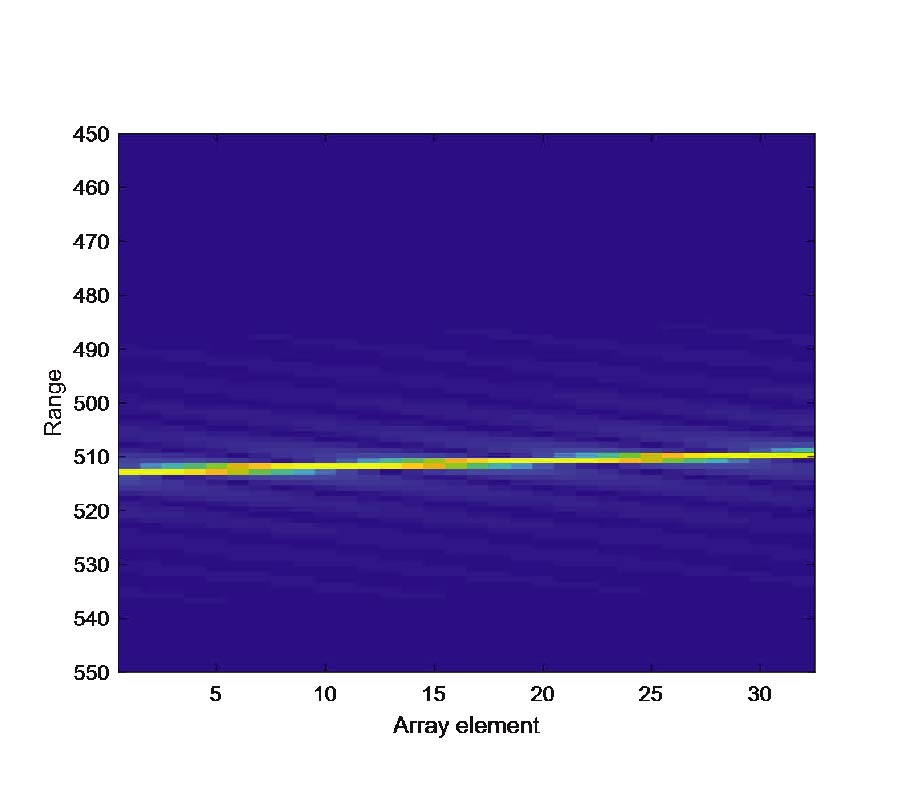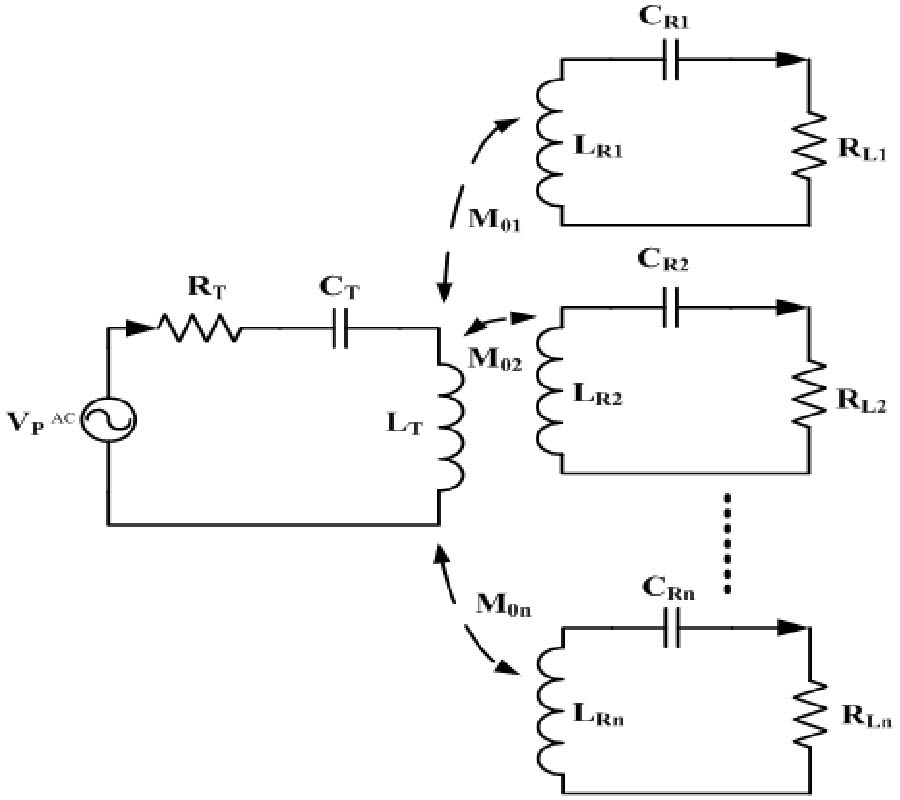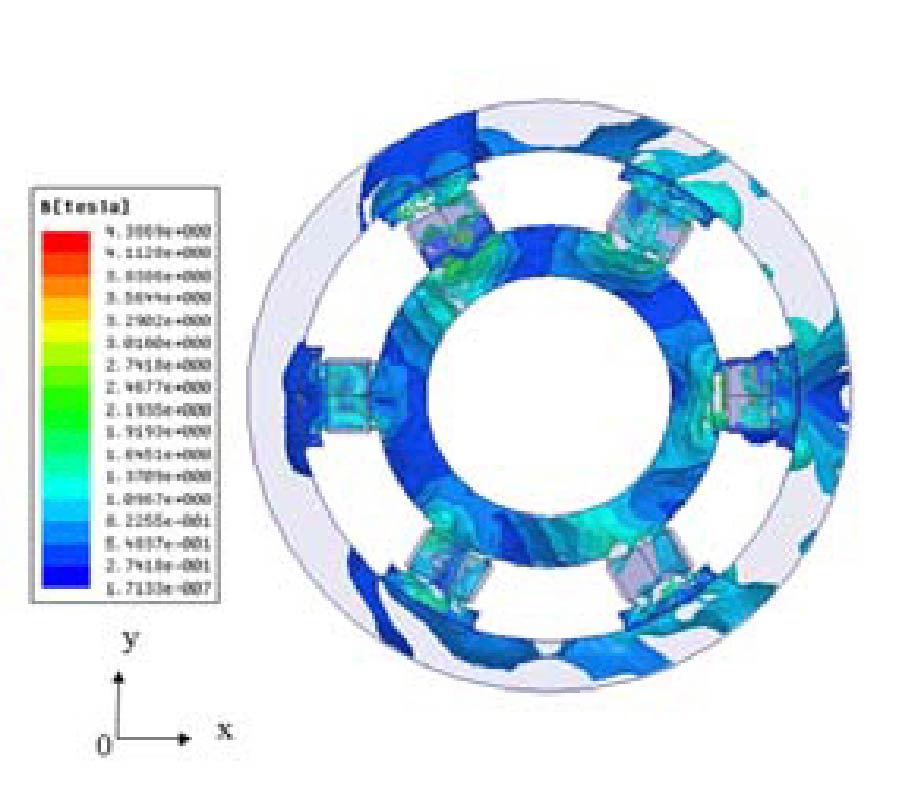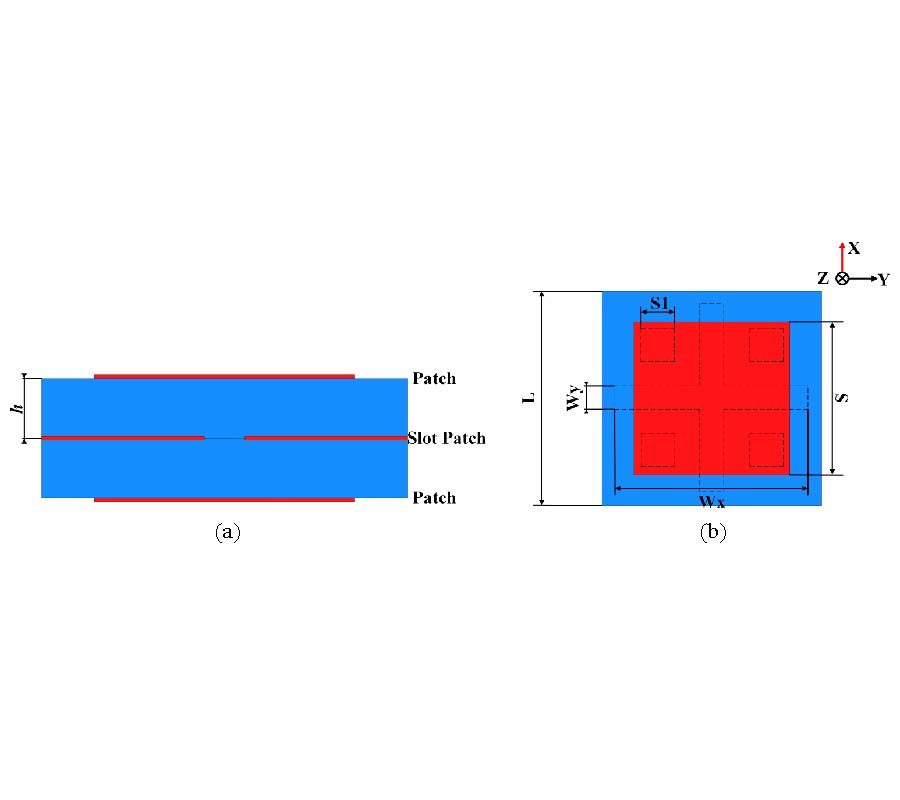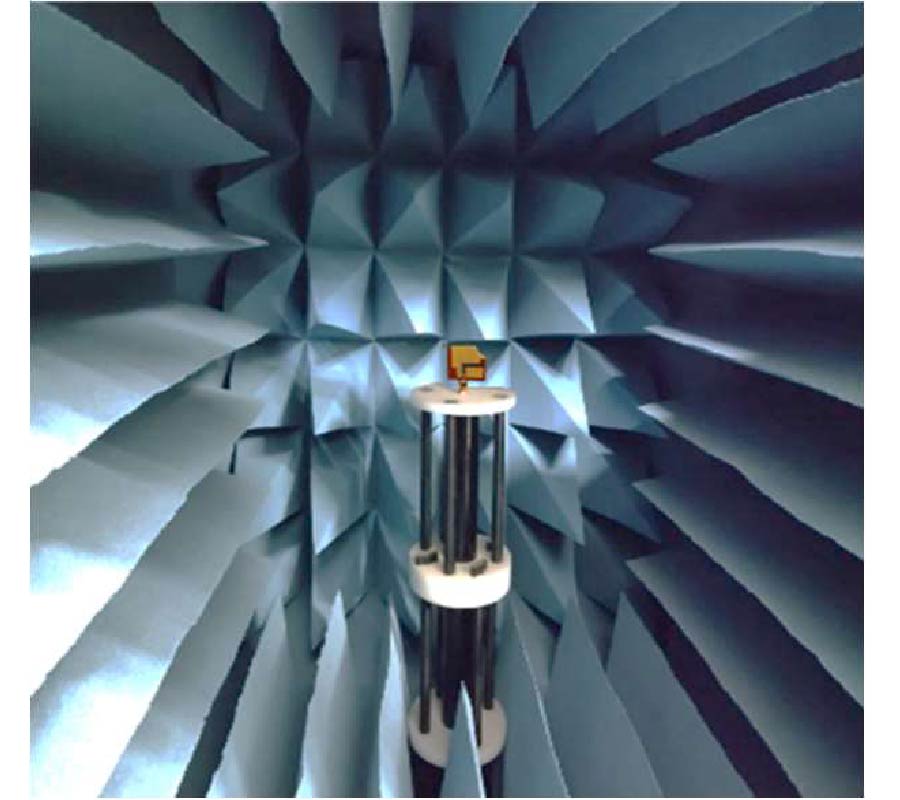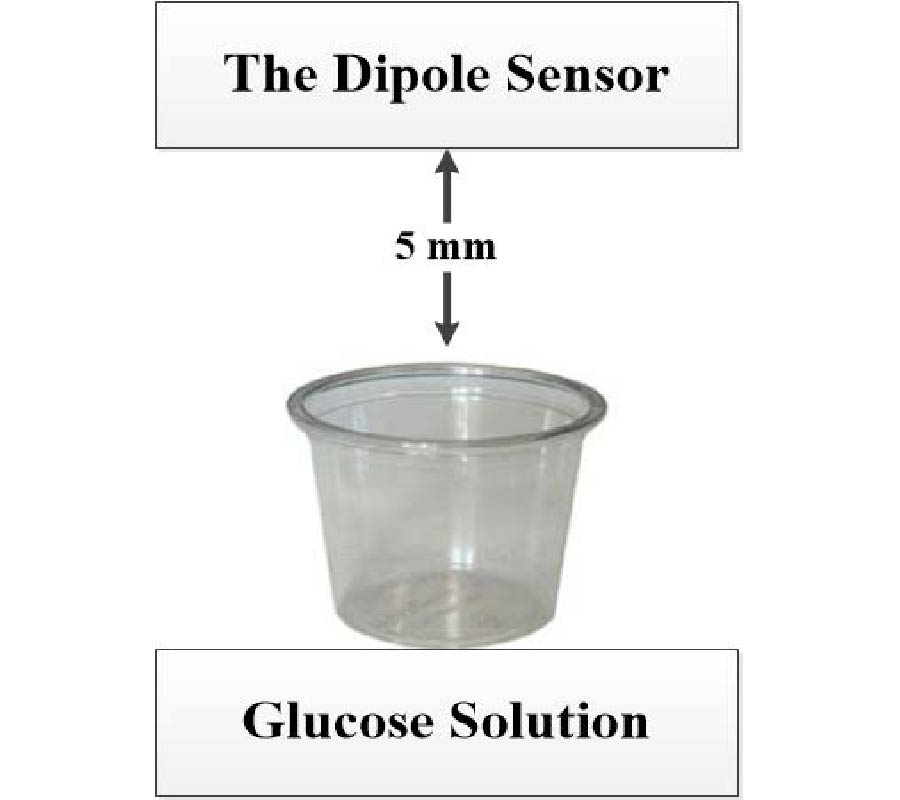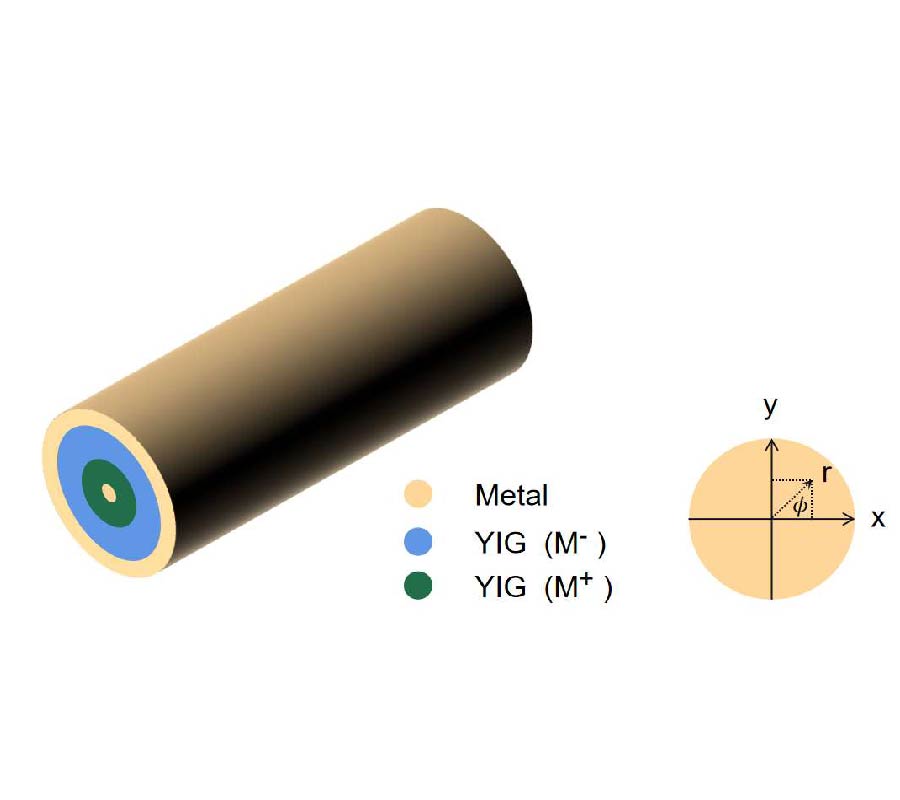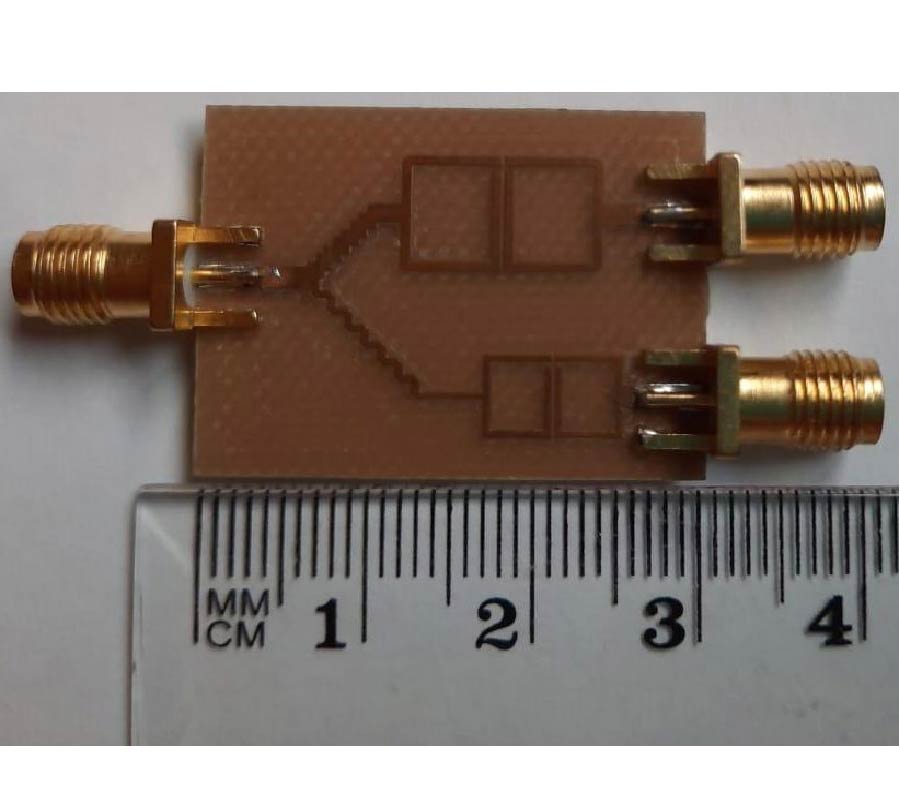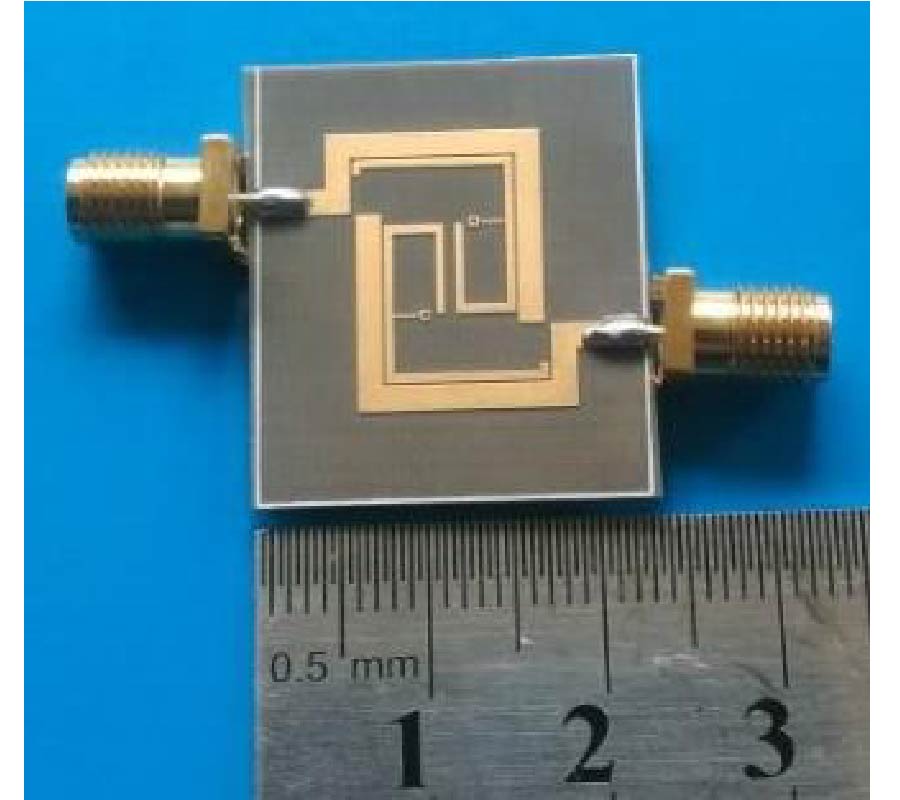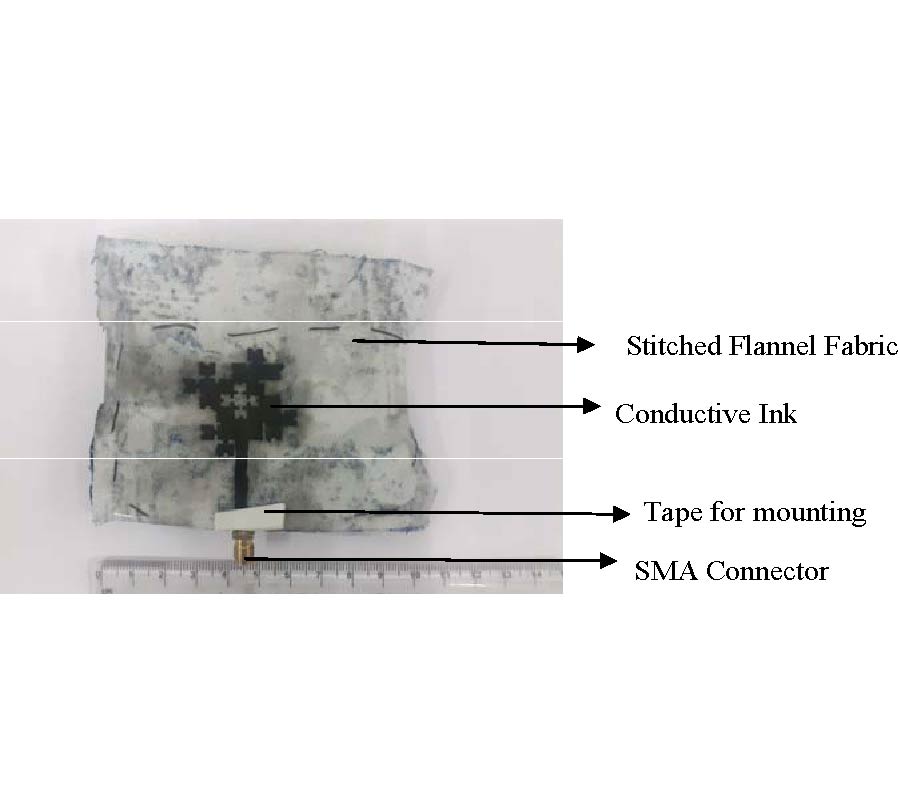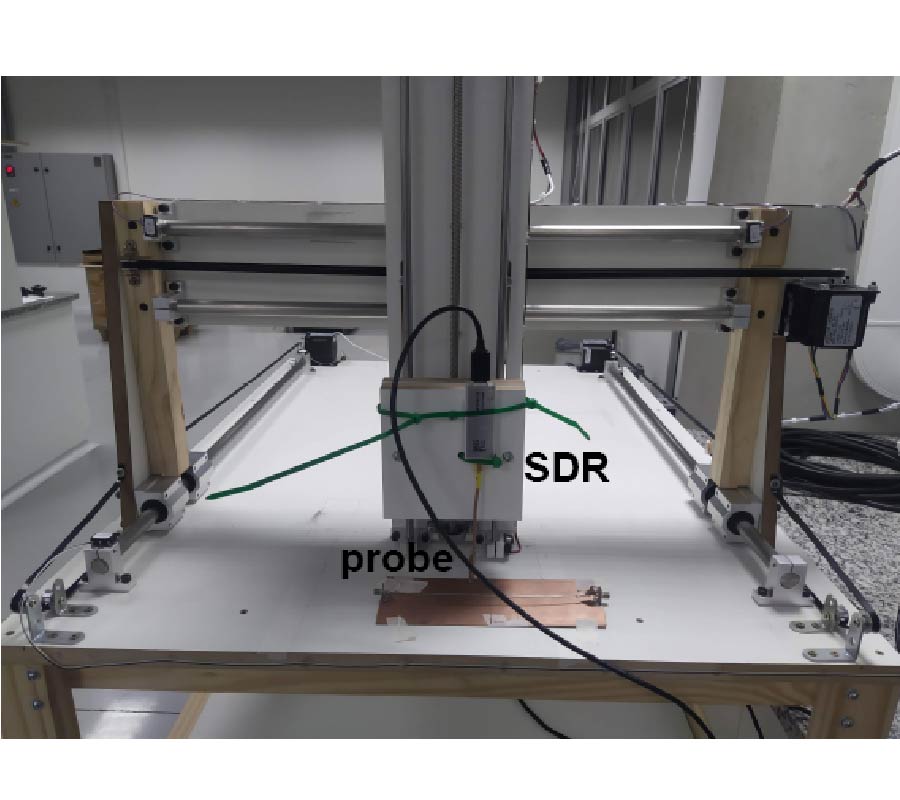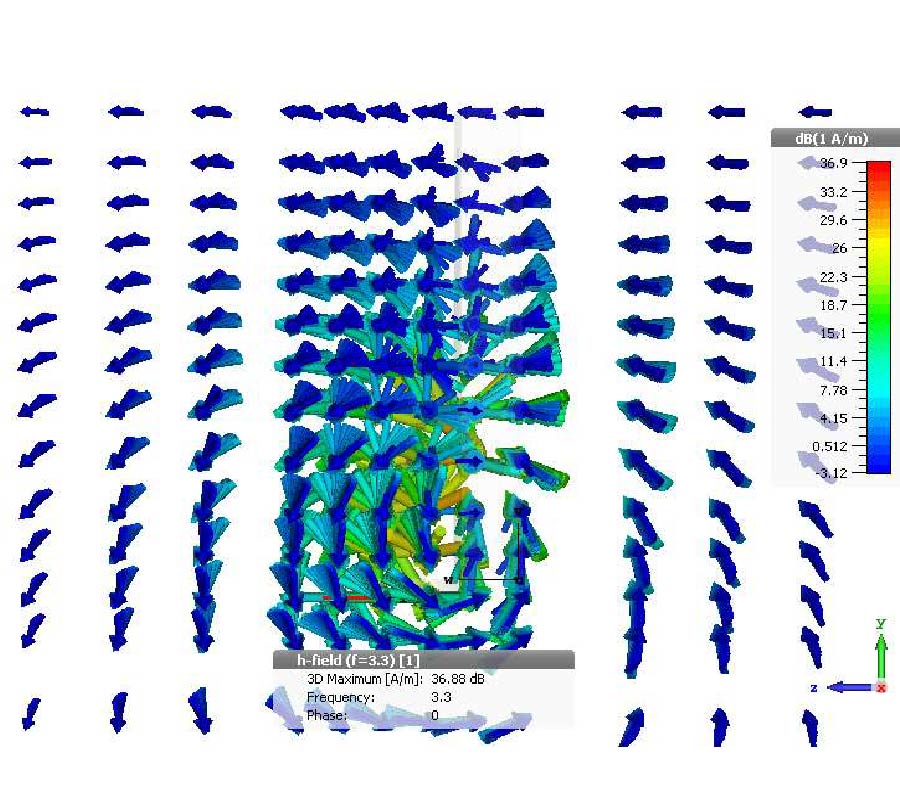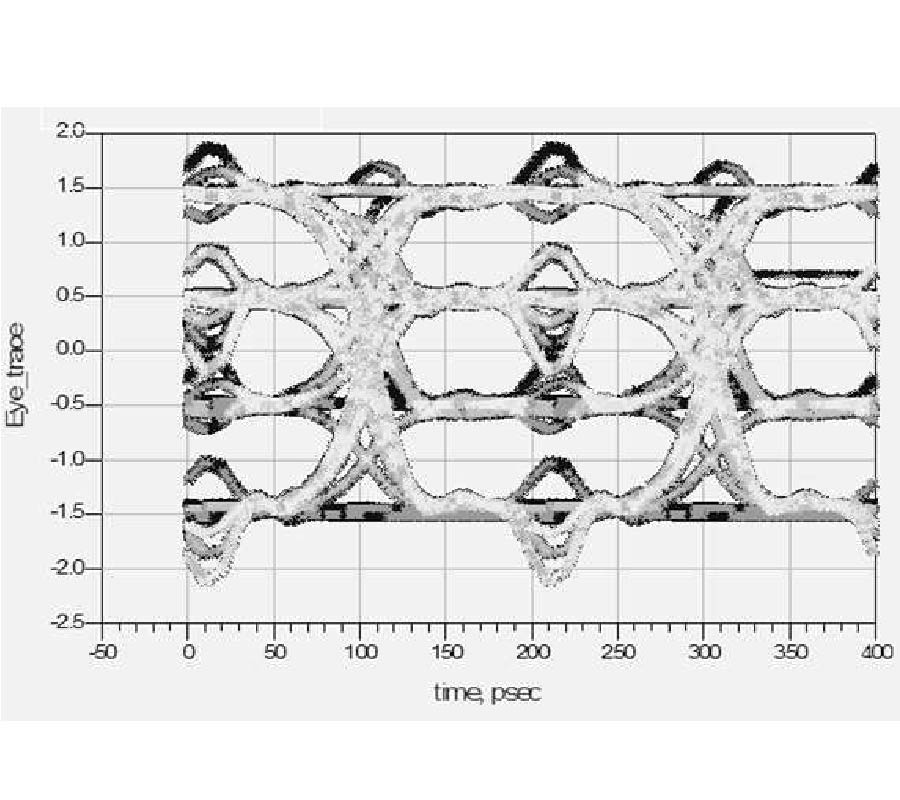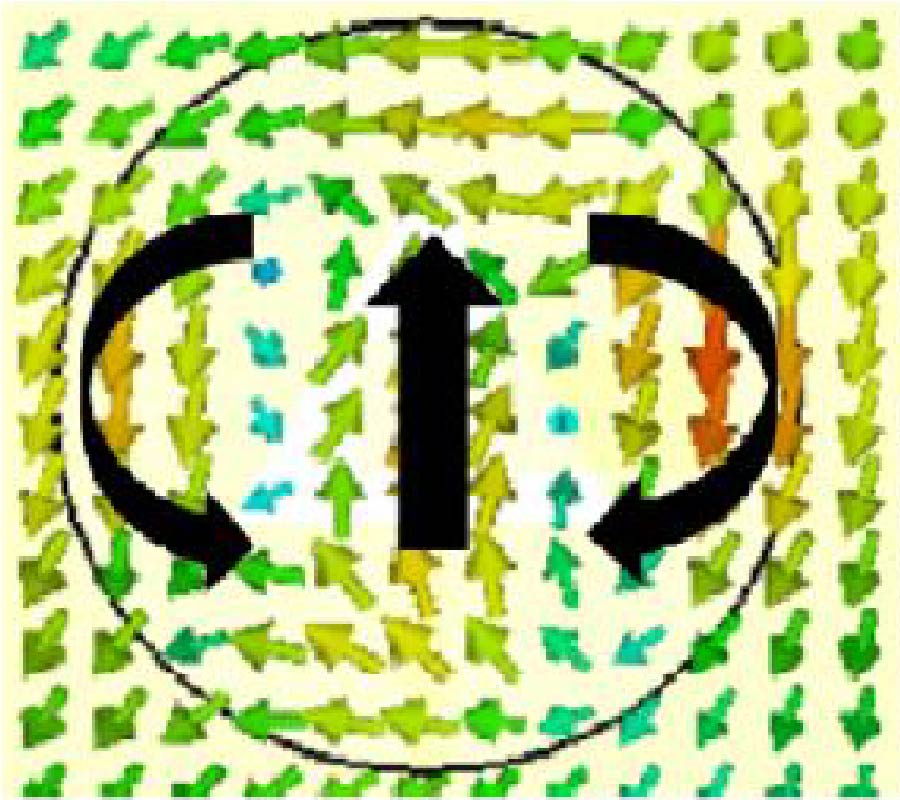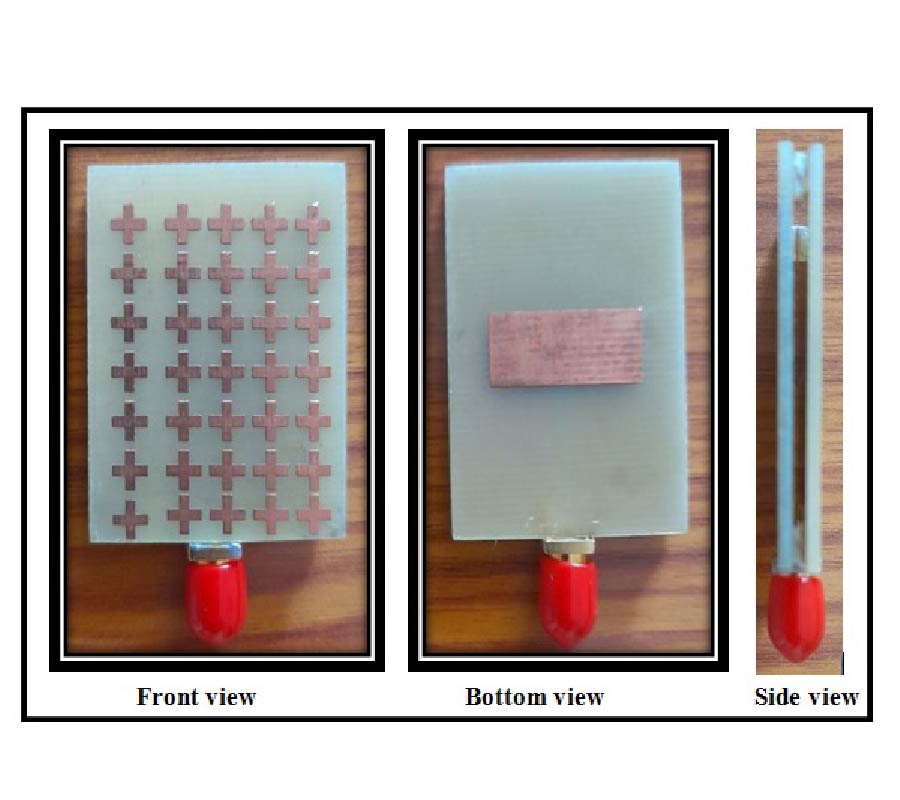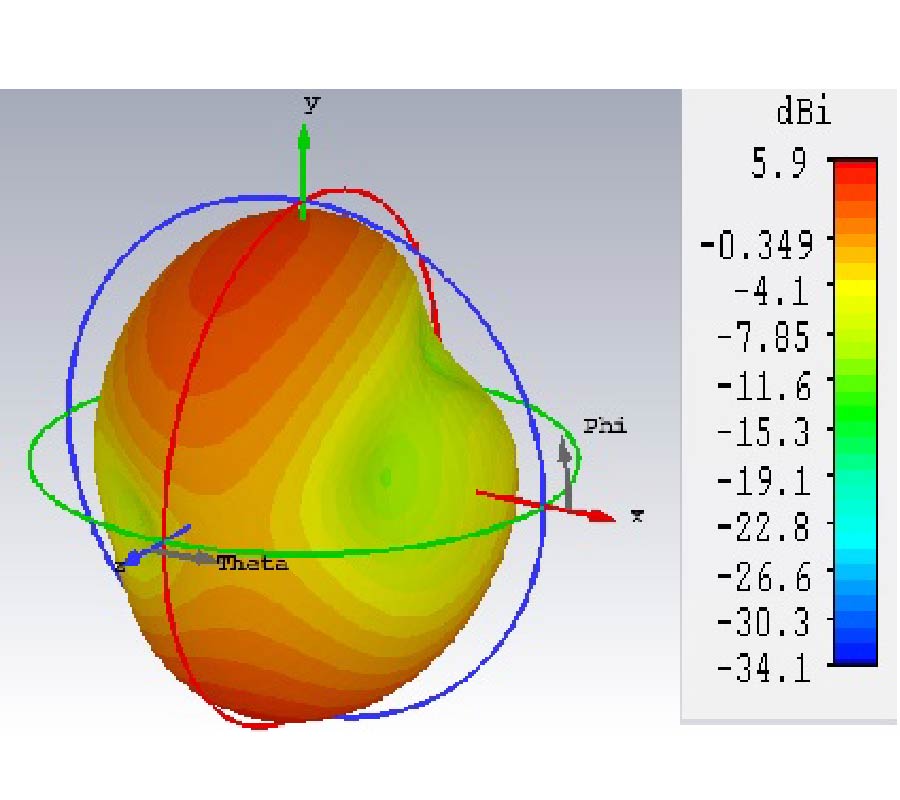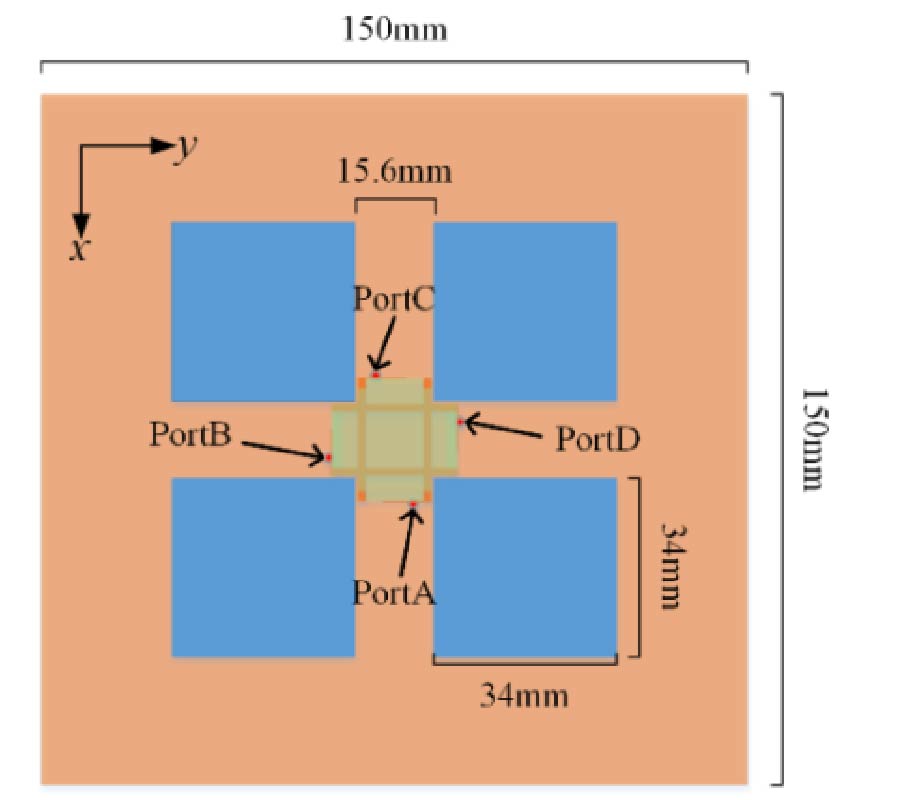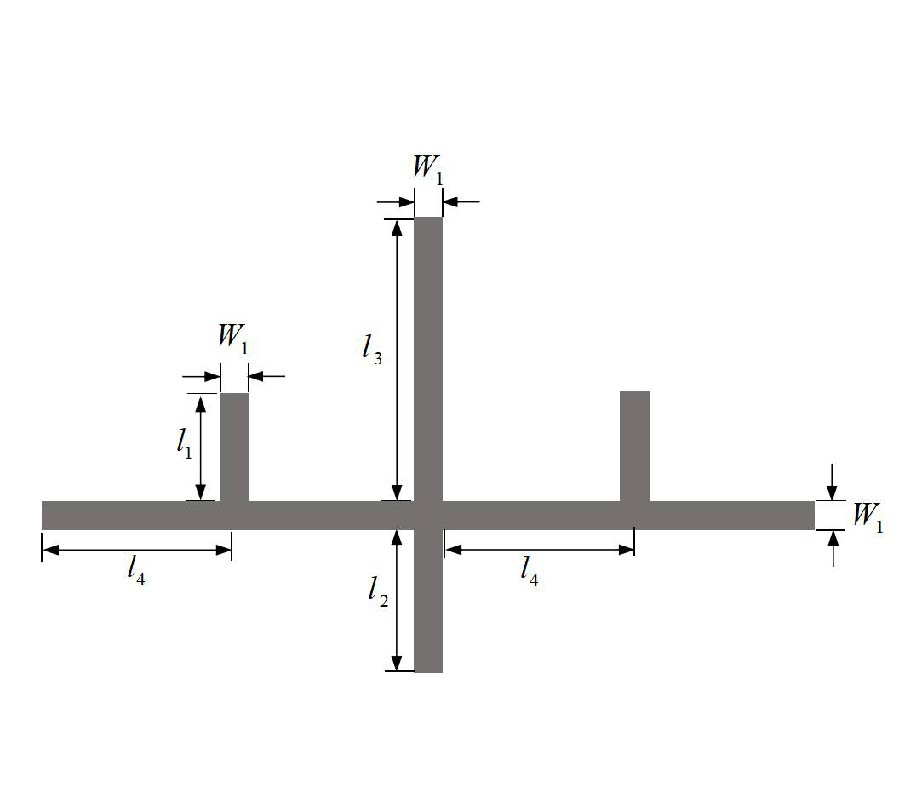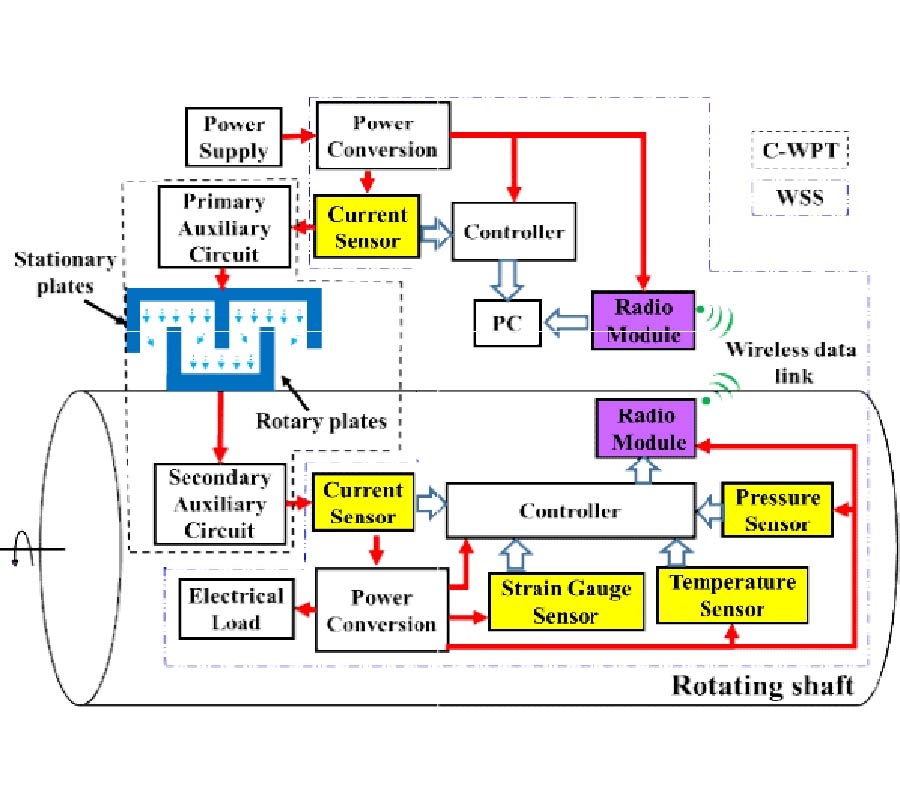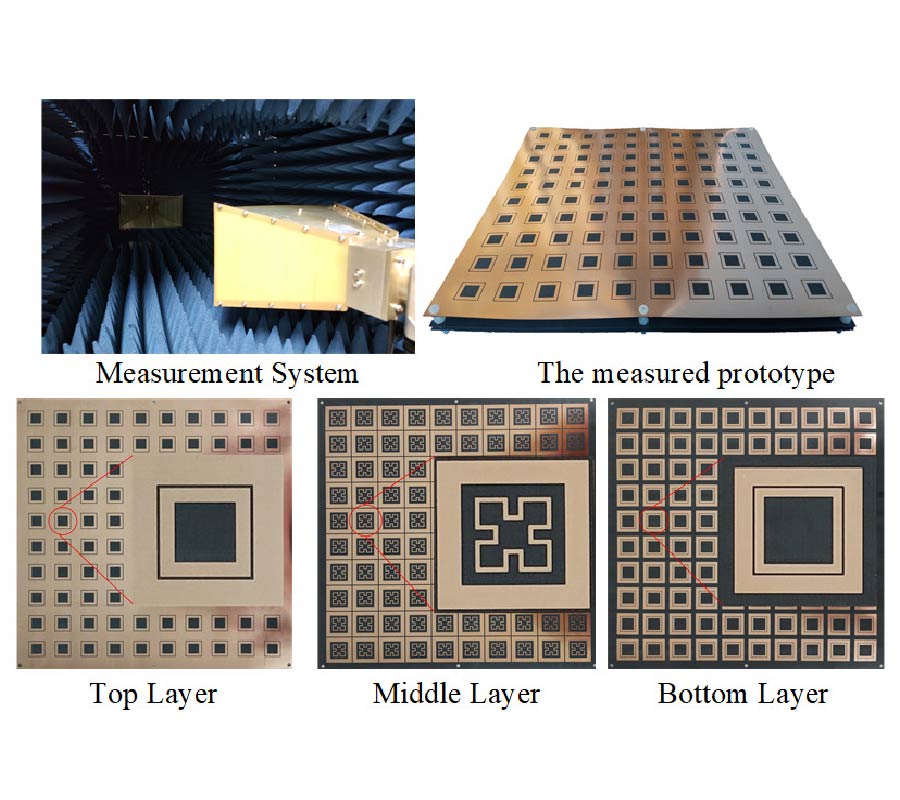Bandpass Filter Design with Stub-Loaded Uniform Impedance Resonator and L-Shaped Feed Structure
Yun Xiu Wang,
Wei Chao Yang and
Min Jiang
Novel microstrip single-band and dual-band bandpass filters (BPFs) are presented in this paper. Firstly, a pair of open-ended stubs of less than λ/4 in length is connected to a uniform impedance resonator (UIR) at two symmetrical positions with respect to its centre, and at the same time other two open-circuited stubs with different lengths are loaded in the middle of the resonator. By virtue of parallel-coupling structure at I/O ports, a single-band BPF is constructed centered at 2.2 GHz with 10.6% 3-dB bandwidth, and two transmission zeros are implemented at the right side of the passband. Next, the L-shaped I/O coupled lines are applied to suppress the inherent spurious response of the stubs-loaded resonator. As a result, a dual-band BPF with two passbands at 2.2 GHz and 5.2 GHz, which is self-contained with three transmission zeros between the two passbands, is constituted. Finally, the proposed bandpass filters are designed and fabricated to provide an experimental validation for the predicted performances.
